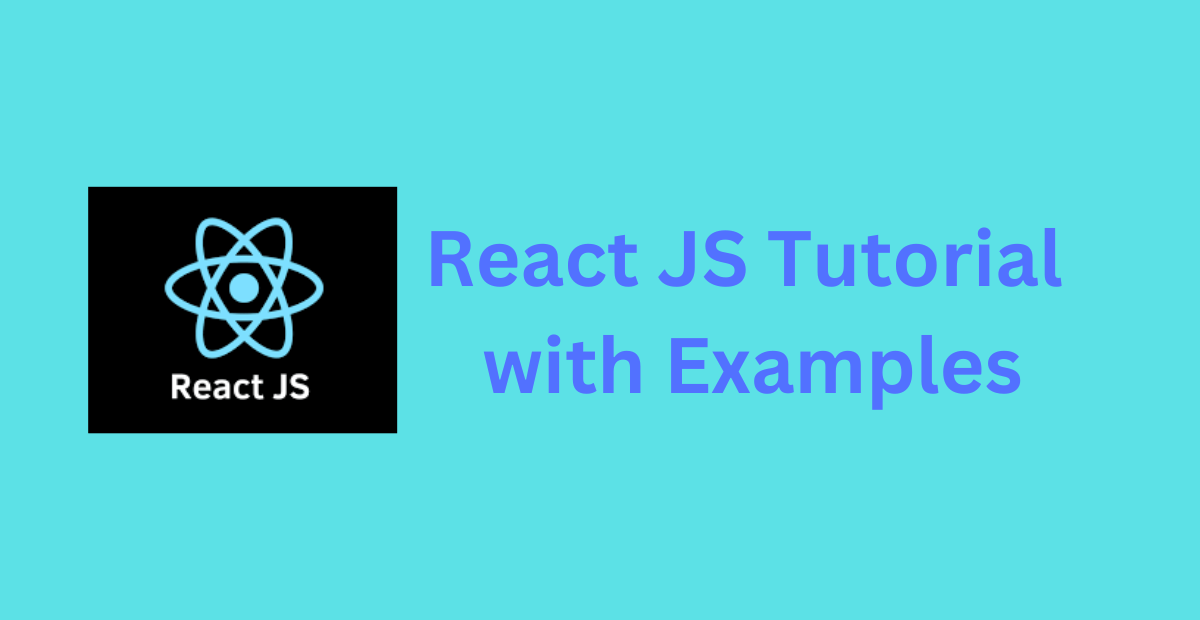In this React JS tutorial, we’ll explore how React JS, a powerful JavaScript library developed by Facebook, simplifies building user interfaces by making them interactive and dynamic. React allows developers to create reusable UI components, which not only speeds up development but also enhances application performance by updating only the necessary parts of a webpage. Widely popular for its efficiency and flexibility, React has become a go-to choice for both single-page and complex web applications. Whether you’re a newcomer to JavaScript or a seasoned developer, React offers a structured approach to building scalable, high-performance user interfaces.
Table of Contents for React js Tutorial
- Introduction to React
- What is React?
- Why use React?
- Setting up the environment
- Setting Up Node and NPM
- Installing Node.js and NPM
- Creating a React project with Create React App
- Folder structure overview
- Understanding Components
- Functional and Class Components
- Differences and best practices
- JSX Basics
- What is JSX?
- JSX syntax and expressions
- Embedding JavaScript in JSX
- State and Context API
- Understanding State
- Using Context API for global state management
- Creating a context provider
- Lifecycle Methods and Hooks
- Functional component lifecycle hooks (useEffect, useLayoutEffect)
- Class component lifecycle methods
- Handling Events and Forms
- Controlled and uncontrolled components
- Form handling with onChange and onSubmit
- Using refs in form handling
- Error handling and validation
- Controlled and Uncontrolled Components
- Passing data with props
- Changing state from another component
- Context API vs. Prop Drilling
- Advanced State Management with Reducers
- Adding a context reducer for actions
- Combining multiple reducers
- Introduction to Redux and its use cases
- React Reducers and Context API : When to Use Reducers
- How to Style React Components
- API Calls in React with Axios and Fetch
- AJAX, Axios, and Fetch
- GET, POST, PUT, DELETE requests
- Async/Await with API calls
- CRUD Operations
- Creating, reading, updating, and deleting data
- Error handling in CRUD
- Authentication and Authorization
- Implementing login and signup forms
- Token-based authentication (JWT)
- Role-based authorization
- Redux Essentials
- Setting up Redux
- Redux store and reducers
- Middleware with Redux Thunk
- React Server Side Rendering
- Persisting data to local storage
- Connecting to backend services
- Higher Order Components (HOC)
- Testing React Applications
- Unit testing with Jest and React Testing Library
- Snapshot testing
- Testing asynchronous components
- Deployment
- Building a React app for production
- Deployment options: GitHub Pages, Netlify, Vercel, and Heroku
- Configuring environment variables for deployment
